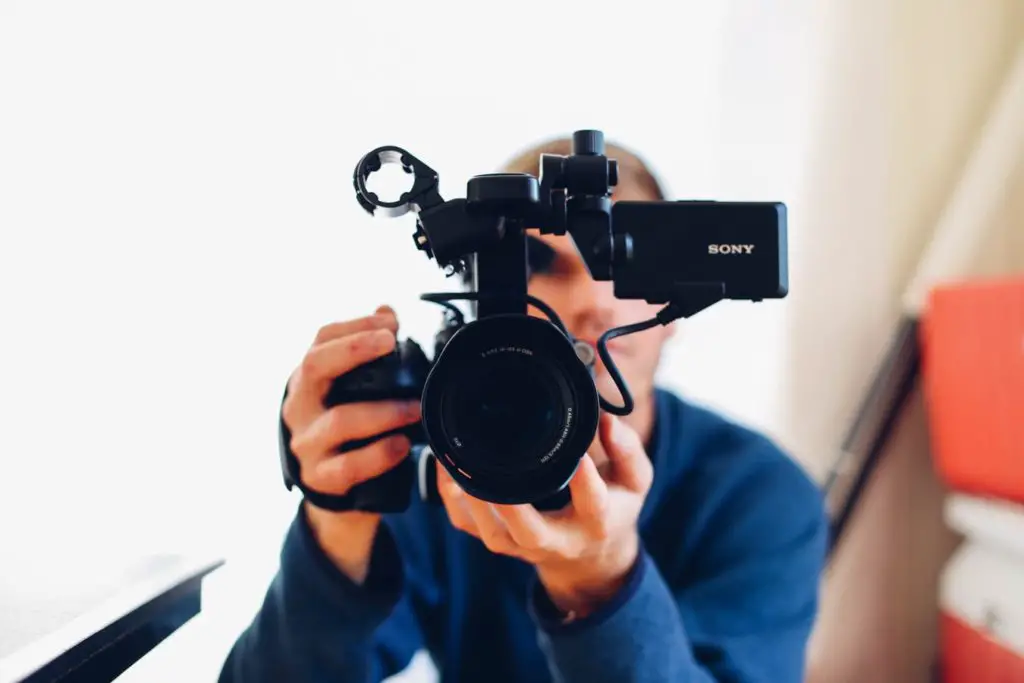
Do your portrait shots often lack that little je-ne-sais-quoi that makes them stand out and look professional? Portraiture is one of the most mesmerizing genres of photography. Now, to capture a subject’s essence only with their face requires more than just adequate gear and an eye for aesthetics. In fact, this can be quite tricky to master, even for seasoned shutterbugs. Worry no more; this guide is loaded with expert-approved tips to help you take your portrait shots from run-of-the-mill to truly majestic!
Focus On Your Subject
Many people tend to “crisp up” when getting in front of a lens. Regardless of who you’re photographing, be it a relative, your best friend, or a client, it’s imperative that you make your subject feel at ease. Engage them in a conversation or crack a joke to help them relax; the more comfortable they are, the more natural their faces will be, and the higher your chances of getting the results you want. After all, it’s all about conveying emotions!
Choose an Ideal Location
Let’s get this right; you cannot select just about any site for a portrait shooting session. The location you choose will always have a significant impact on the final shot, which is why it’s important to consider the surroundings, weather, time of day, as well as changing lighting conditions. This should deliver optimum results and avert last-minute surprises. Favor morning or late afternoon for a warm, natural glow, and avoid shooting in direct sunlight.
Optimize the Lighting
As you certainly know, lighting is a critical component of photography, portrait shots even more so. You won’t always be shooting outdoors, so it only makes sense that a studio setup be equipped with artificial sources, such as overhead or ring lights; they will help bring the subject to life. With some research, you’ll find plenty of lighting accessories options that will serve you in portrait photography, Instagram stories, or even shooting YouTube videos!
Get Your Settings Right
Many novice photographers are somehow under the impression that investing in the most expensive, features-packed camera will guarantee them flawless shots. That’s a great misconception. Once you have the techniques down, you can succeed in capturing portraits with your entry-level camera that will compare to a high-end DSLR. So, whatever your setup is at the moment, be sure to master it inside out before looking to upgrade.

Choose the Right Camera Lens
While you may have acquired an expensive Nikon or Canon DSLR, you won’t make the most of it unless you have the right lens. It’s true, any lens can shoot portraits. Yet, for optimal results, select one with a low aperture (f/1.6-f/2.8) for that fantastic bokeh effect and crisp image rendering. The length of the lens itself depends on whether you want to capture background (70-200mm), or simply want to focus on your subject’s face (fixed 50mm).
Backgrounds are Important
Circling back to your choice of location, the background is what will enable you to add drama and flair to your photos. You don’t want it to look flat or downright boring. An interesting background will create nuance and make your subject truly stand out, so feel free to try different compositions and adjust the aperture accordingly. You may also use props for added effects.
Experiment with Different Angles and Poses
In addition, the position of your subject matters immensely. An off-angle shot can take away the magic of the portrait, so it’s always important to make them appear in the most flattering light possible. Finding the right pose will help impart presence and showcase the subject’s unique features.
Play With Post-Processing
All the amazing portraits we see in magazines or on social media have all gone through some degree of editing. Use a post-processing software (Lightroom, VSCO, etc) to tweak the contrast, exposure, sharpness, saturation, among other variables. Find that subtle balance, and your portraits will be as candid as ever! Don’t go overboard, though, and try to keep things as natural as possible.
Break the Rules
Lastly, but importantly, remember that photography is an ever-evolving art form, and that the rules aren’t set in stone! Once you’ve mastered the basics of portraiture, don’t hesitate to do things your way when it comes to choice of location, lighting, subject pose, angles, or after-effects.
At the end of the day, shooting a portrait will always require something different. You must be able to adapt to your surroundings, lighting conditions, and your subject’s face. So, feel free to consult tutorials and specialized blogs to further hone your shutter skills!
